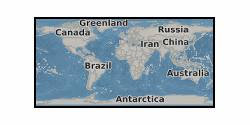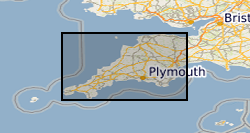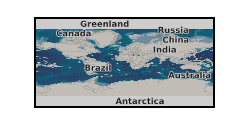Indium
Type of resources
Available actions
Topics
Keywords
Contact for the resource
Provided by
Years
Update frequencies
-

From being a metal with very limited natural distribution,indium (In) has recently become disseminated throughout the human society. Little is know of how In compounds behave in the natural environment, but recent medical studies link exposure to In compounds to elevated risk of respiratory disorders. Animal tests suggest that exposure may lead to more widespread damage in the body, notably testicular cancer. In this paper, we investigate the solubility of the most widely used In compound, indium-tin oxide (ITO) in simulated lung and gastric fluids in order to better understand the potential pathways for metals to be introduced into the bloodstream. Our results show significant potential for release of In and tin (Sn) in the deep parts of the lungs (artificial lysosomal fluid) and digestive fluids, while the solubility in the upper parts of the lungs (the respiratory tract or tracheobronchial tree, simulated by Gamble's solution) is very low. Our study confirms that ITO is likely to remain as solid particles in the upper parts of the lungs, but that particles are likely to at dissolve in the deep lungs. Considering the prolonged residence time of inhaled particles in the deep lung and the high solubility of ITO in artificial lysosomal fluids, the environment of the deep lungs is likely to provide the major route for assimilation of In and Sn from inhaled ITO nano- and microparticles. Digestion is likely to also lead to assimilation through dissolution in the stomach and interaction with digestive enzymes in the pancreatic juice. However, this route is less likely to lead to substantial assimilation because of the much shorter residence times of particles in the digestive system.
-

Publication and associated data from NERC Grant - NE/L001896/1. Published Paper, Andersen J, Stickland RJ, Rollinson GK, Shail RK. (2016) Indium mineralisation in SW England: Host parageneses and mineralogical relations. Ore Geology Reviews, volume 78, pages 213-238, DOI:10.1016/j.oregeorev.2016.02.019.
-

Data from NERC grant, Natural Enrichments in E-tech Elements (Cobalt, Gallium, Indium, Tellurium, Lithium, rare earth elements) [NEETE].
 NERC Data Catalogue Service
NERC Data Catalogue Service